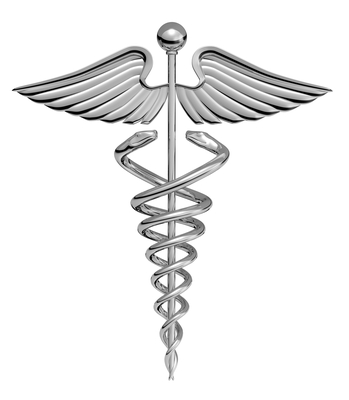Today 87 percent of Americans have health insurance but still have limited access to affordable healthcare, and that is where Telemedicine comes in. This health delivery tool is a cost-effective and time-saving method of communication and diagnosis between doctors and patients that has been used for some time, but not as it is now.
What is Telemedicine?
A definition used by many sources is that it is the “provision of remote medical services via real-time two-way communication between the patient and the healthcare provider, using electronic and visual means.” Historically this could mean a telephone call from a patient seeking a physician’s advice about things that are not health emergencies. It does not replace a doctor visit.
How is it Implemented?
The service has become more sophisticated than that simple call. It is usually delivered at a “hub.” At first, these sites had to have special videoconference capabilities but, with advances in technology, all they need is a desktop computer with a special video card, according to News–Medical.net. The computer is customized to diagnostic needs with an attached stethoscope and EKG monitor.
Related: Top 10 Online Master’s in Health Informatics Degree Programs
The patient is at the hub with a healthcare provider or the “telepresenter” who uses the diagnostic tools guided by the physician from a remote site. This yields patient data that can be used in real-time by the physician. One type of this telemetry service is the “store and forward,” In this type, camera images are captured and stored digitally and then forwarded to the physician who can use them in a consultation. Another use is in remote monitoring of a patient’s status. Because of the implementation of electronic health records patient data is available to complement the teleconference.
Why is it an Important Technology?
An article in Forbes Magazine points out that the Affordable Care Act has not resulted in better access to healthcare for many. Although most people are covered by insurance, there are high deductibles and copays. In addition, there is a shortage of primary care doctors, especially in rural areas. A study by the Center for Disease Control in 2011 discovered that 80 percent of adults who visited emergency rooms for non-emergent needs did so because they had no access to a primary care physician. This is especially problematic because of the difference in cost between emergency room treatment versus a visit to a clinic or doctor’s office. ER visits can average $1,500 to $3,000 while a visit to a primary care provider averages $130 to $190.
A typical telemetry medicine call averages $40. In rural areas many hospitals find it difficult to attract on-staff physicians and rely on nurse practitioners for much of their services. Specialists often visit on a circuit. The technology that allows the nurses to consult with physicians that are not on-site provides a bridge over the gap in healthcare services in these areas. It also makes possible the monitoring of patients with conditions like diabetes, high blood pressure and other non-emergency needs, prescription refills and other services that would otherwise require an office visit.
Though this is vital technology, many states have laws that restrict its use or prohibit it altogether. One of the issues is that consulting physicians might be from another state and all states have legislation governing licensure for physicians. Medical professionals are lobbying for supporting legislation and the key is to define Telemedicine as a tool that is used in the practice of medicine and not the practice itself.
